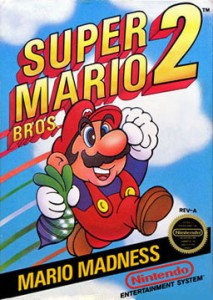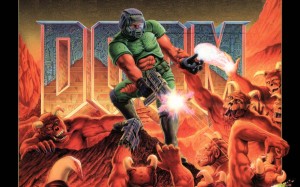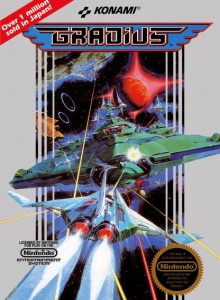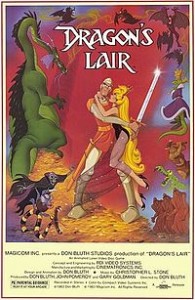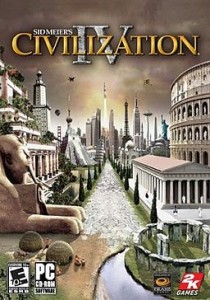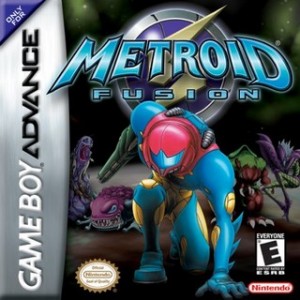320th played so far
Genre: Action/Adventure
Platform: PC
Year of Release: 2004
Developer: Studio Pixel
Publisher: Studio Pixel
Following our recent few familiar games, today we move on to a smaller indie game. Cave Story feels like an unexpected entry on the list. Not a game I had heard of before the blog, it appears to have be a twist on the standard platformers, with some adventure elements.
For our purposes, we’ll be playing the enhanced version Cave Story +, with updated graphics, sound and so on. And while the game allows us to switch back, we’ll be using them – it doesn’t seem like much of a difference anyway.
Our Thoughts
Even now I’m finding it difficult to fully wrap my head around Cave Story. It’s not that it’s an unclear game, there’s no guessing what’s involved or anything being vague. It’s just that it’s difficult to point at what the game is or what it’s doing.
The game starts off playing as a fairly straightforward Metroid-style game. Jumping puzzles and problems feature fairly heavily, although you have a fairly large jumping distance. You’re soon collecting your basic upgrades – weapons, health and so on – as well as solving puzzles to get to other secrets. A level or two in however, this seems to expand. You come across a village and the story kicks off. Rather than just having these be ‘reach the end of a few corridors’, however, they seem to need more interaction. Talk to the right people, chase after others, that sort of thing.
The story itself, though, as well as (related to this) its setting, seems a bit more out there though. There’s these bunny-like creatures called Mimigas living in the village. Each of them seems to have their own position and you’re helping some out while obstructing or confusing others. You also meet a few other non-bunny-like characters who play a further role in the story.
What makes this confusing is that the characters are put down using very broad strokes, with what seem to be shortened texts – it’s almost the sort of plot that assumes you’ve read a manual, similar to the SNES-era games Cave Story appears to be inspired by. You know you’re going around saving people and helping, but the exact reasons seem unclear. This isn’t helped by some of the characters being thrown in seemingly at random. At one point you help Santa – a character named that for no apparent reason, as he doesn’t seem to have anything to do with the red-clothed Christmas fellow.
The game feels very old school, with its variety of weird enemies and strange setting. The book makes a big deal of it being free and the quality it still has, which is not something I can really see as being as important. A better justification than this would have been nice.
Final Thoughts
The game is good. It’s tough, there’s plenty to explore and find. The graphics are… well, their quality is intentional. It’s fun to play – fairly addictive in fact.
However… with everything else, the game just doesn’t have that wow-factor for me. There’s no hook, there’s nothing interesting, there’s nothing special it’s offering over other games like it. If the game’s main draw is that it’s free (which it wasn’t entirely for us), it doesn’t convince me.
